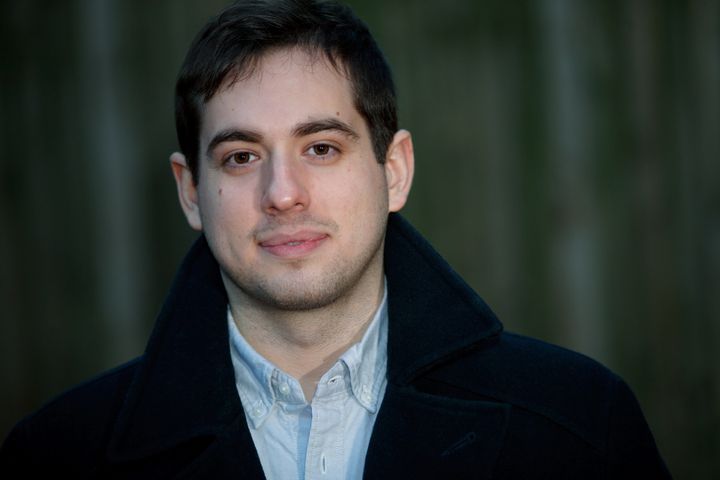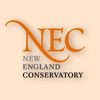
By Nico Olarte-Hayes
As a cellist, I’ve spent a lot of time contemplating my arms. In my mind, they begin at my spine, growing out toward my shoulders, extending in unbroken lines to the tips of my fingers. Each contains 32 bones hinged at 17 joints: a shoulder, an elbow, a wrist, and 14 knuckles. Each spans 33 inches, weighs 15 pounds, and is animated by 47 independent muscles, and when I play, I like to pretend I can control them all.
Musicians are obsessed with anatomy. In the cloistered confines of our practice rooms, we investigate the structure and function of our bodies with monastic zeal, seeking magical solutions to our technical conundrums. Faced with the impossibility of playing unnatural instruments in a natural way, we become experts in human anatomy and develop deeply personal theories of how to exploit it.
I grew up steeped in these theories.
My first teacher thought the secret lay in the left hand. For hours on end in her Philadelphia home, we practiced études designed to strengthen and stretch my palm and fingers, and over the course of six foundational years, molded my left hand into a serviceable appendage.
My next teacher thought it was all about the right hand. He found mine rigid and unyielding, and prescribed scales in different rhythms to relax my grip on the bow.
At Juilliard, my teacher emphasized the tension in my shoulders instead, while at my regular summer festival, my mentor explained that actually, all I really needed to do was be more aware of my thumbs.
I arrived at New England Conservatory deeply confused, but my chosen teacher, Laurence Lesser, struck me as someone who might have answers. Standing six feet tall, with thick white hair and broad spectacles, he is an impressive figure, and it was not lost on me that he held a degree in mathematics from Harvard College, nor that he had participated in the historic Heifetz-Piatigorsky recordings from the 1960s, the ones I had played on repeat as a teenager.
We began in Socratic fashion. Using Bach’s Cello Suites as our laboratory, we embarked upon our study of the cello, approaching technique not as the arcane subject of my imagination, but as one receptive to rational inquiry. Together, we began to systematically unravel my technical shortcomings, using logic and unassailable reasoning, and slowly, a coherent set of principles emerged.
It was intoxicating. Working on my left arm and right arm alike, we built on my strengths and laid bare my weaknesses, and I felt increasingly confident in my ability to inquire for myself. I began to arrive at lessons with lists of questions: When shifting the left hand, should I lead with the fingers or with the shoulder? On an up bow, should I imagine that I’m pushing the string to make it vibrate or pulling it?
Mr. Lesser eagerly shared his opinions, but my questions soon took on a life of their own. When I am using vibrato on my third finger, how should I position my left foot? What should the exact angle at my right elbow be, in degrees, when performing up-bow staccato after a down-bow legato stroke? If I want to play notes on the C-string at the frog of the bow after playing a spiccato passage on the D-string, should I play the preceding passage on the A-string with the middle of the bow or with the tip?
We were almost a year into our work together, and I felt I had come far, but this last question gave Mr. Lesser pause. I had made an impression. He hesitated for a moment, considering his words, and looking me straight in the eyes with a knowing smile, exclaimed, “I don’t care if you play it with your teeth, as long as it sounds good!”
And with that, I reached the end of the beginning of my technical studies. The first door unlocked, and the path forward clear. As a cellist, the most important parts of my body are not my arms, nor my hands, nor my shoulders, nor my fingers, nor even my teeth. The real secret lies in my ears.
____________________________________________________________________
Nico Olarte-Hayes is a cellist and conductor living in Brooklyn. Recipient of the 2016-2018 Leonore Annenberg Arts Fellowship, he is a graduate of the Harvard/NEC Dual Degree Program and holds an A.B. in Physics from Harvard College and an M.M. in Cello Performance from New England Conservatory.
